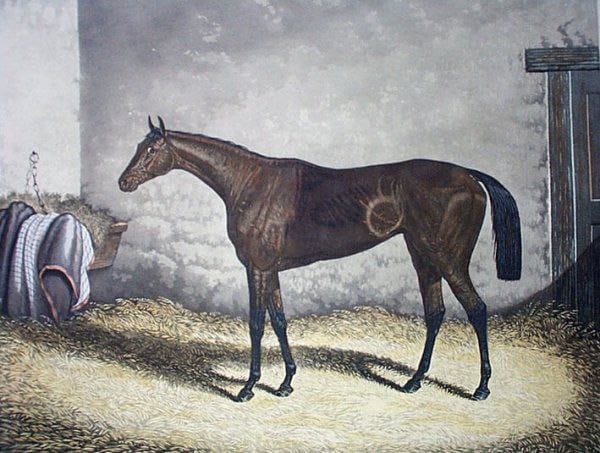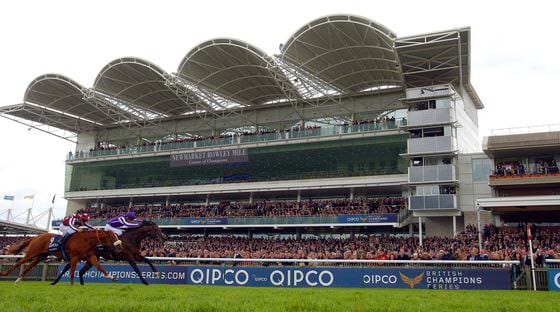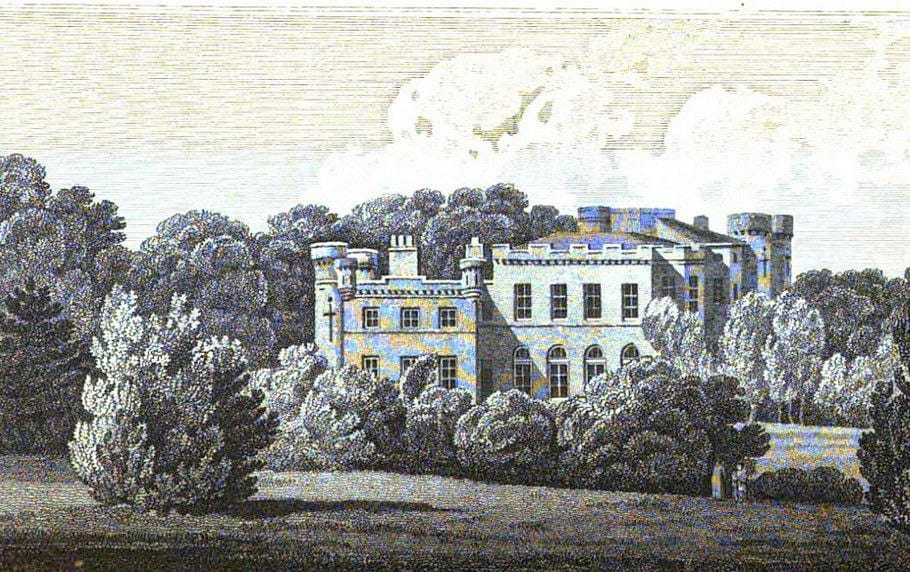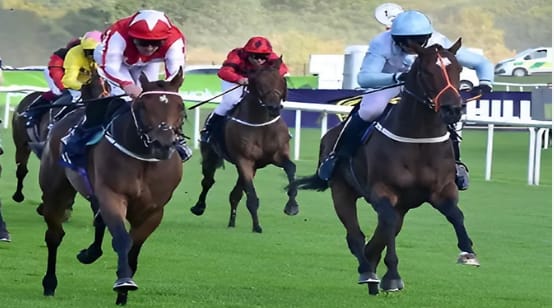The epitome of elite horse racing worldwide remains the esteemed British Classic, a quintet of races steeped in tradition, delivering the same fervor and allure from yesteryears to the contemporary era. Comprising the 1000 and 2000 Guineas, the Epsom Derby and Oaks, and culminating in the St Leger Stakes, these five premier races for three-year-old horses boast escalating challenges at each stage.
Among them, the renowned English Triple Crown consists of the 2000 Guineas, Epsom Derby, and St. Leger, offering an opportunity for both stallions and fillies to vie for glory, with the exception of geldings. The 1000 Guineas and Oaks exclusively feature fillies, forming the Fillies Triple Crown alongside the St. Leger.
Remarkably, while no filly has clinched all five British Classic races to date, two exceptional fillies have triumphed in four races twice. Formosa, under the ownership of William Graham and trained by Henry Woolcott, achieved the Fillies Triple Crown in 1868, even tying in the 2000 Guineas with the stallion Muslim. Similarly, in 1902, Scepter secured four victories, missing only the Epsom Derby due to a pre-race injury, finishing fourth.

Aside from Formosa and Scepter, eight other horses have claimed the Fillies Triple Crown, with O So Sharp being the most recent victor in 1985, owned by Sheikh Mohammed and trained by Henry Cecil.
In contrast, stallions have seized the traditional English Triple Crown fifteen times, with Nijinsky achieving this feat in 1970, the last to do so, leaving a legacy untouched thereafter.

2000 Guineas Stakes
Originating in Newmarket, Suffolk, in 1809, the 2000 Guineas Stakes was established by the Jockey Club under the leadership of Sir Charles Bunbury. Named for its guaranteed prize fund of 2000 guineas, the race unfolds at Newmarket's Rowley Mile, spanning a distance of 1609 meters (1 mile). Serving as the inaugural event of the racing season, it occurs between late April and early May. Noteworthy champions include Sea the Stars in 2009 and Frankel in 2011.
1000 Guineas Stakes
Following the 2000 Guineas, the 1000 Guineas Stakes takes place at the same venue and distance in late April to early May, exclusively for fillies. It stands as the inaugural segment of the Fillies Triple Crown, initiated by the Jockey Club on April 28, 1814. The race's nomenclature sparks debate, potentially tracing back to its predecessor or to the ten original contenders, each priced at 100 guineas. The debut champion was Christopher Wilson's filly, Charlotte, marking her pinnacle achievement that year.

Oaks Stakes
As the third classic race, the Oaks Stakes has been a prominent fixture since 1779 at Epsom Downs Racecourse, Surrey, under the Jockey Club's jurisdiction. Originating from a challenge among peers in 1778 during a luncheon at the Oaks estate in Epsom, it derives its name from this locale. Initially intended to determine the fastest filly over 1.5 miles (2420 meters), the bay filly Bridget, owned by the Earl of Derby, claimed victory in the inaugural event. Over the years, the Epsom Oaks' stature burgeoned, earning its status as a classic race. Typically held between late May and early June, the racecourse has witnessed numerous records, notably Snowfall, the Japanese thoroughbred filly, setting a remarkable 16-length lead in 2021. Tragically, she succumbed to a complex pelvic injury the following year.
Epsom Derby
Following the inaugural Oaks race in 1780, Edward Smith Stanley, the 12th Earl of Derby, and his companion Charles Bunbury initiated another race for three-year-old horses. A draw determined the race's name, with the Earl emerging victorious, immortalizing the term "Derby" in the realm of horse racing. The first champion of the Epsom Derby was Charles Bunbury's stallion, Diomede. Now hailed as the most esteemed among the quintet of classics, the Epsom Derby unfolds on the first Saturday of June, mirroring the race conditions of the Oaks except for the participation of both stallions and fillies.
St Leger Stakes

Established in 1776, the St Leger Stakes stands as the oldest classic race, hosted annually in September at Doncaster Racecourse (Town Moor course), South Yorkshire, serving as the culmination of the series. Named after British officer Anthony St. Ledger in 1778, the race debuted with six contenders, the victor being the unnamed horse of event organizer, the Marquess of Rockingham. Later retroactively named Allabakulia, she remains absent from the Wetherby stud book.
While the preceding four races test horses for speed and luck, the St Leger adds an endurance trial. Initially spanning 2 miles (3.2 km) until 1813, the distance was subsequently shortened to 2921 meters. As the final leg of both the Triple Crown and the Fillies Triple Crown, triumphing in the St Leger necessitates a blend of speed and stamina—a feat unattained since Nijinsky's victory.
Nonetheless, winners of any classic race earn acclaim as the foremost horses of their era, particularly if boasting multiple victories. These exceptional athletes often transition to breeding facilities post-career to perpetuate their lineage and enhance the breed's quality.

